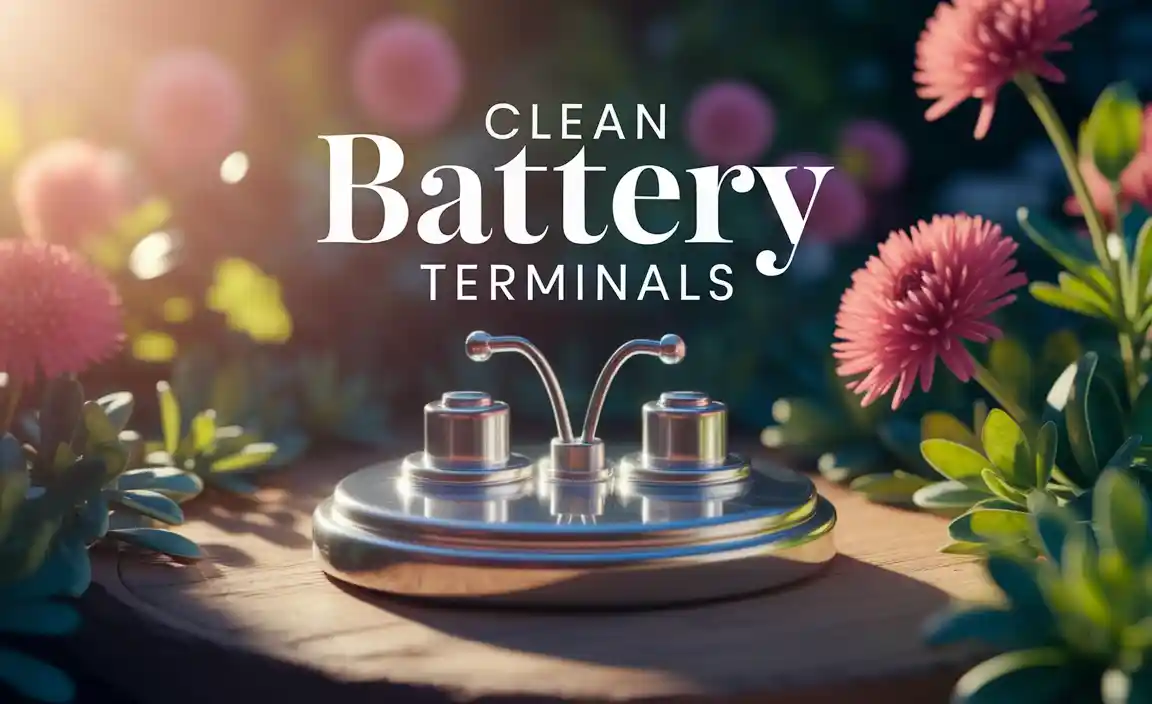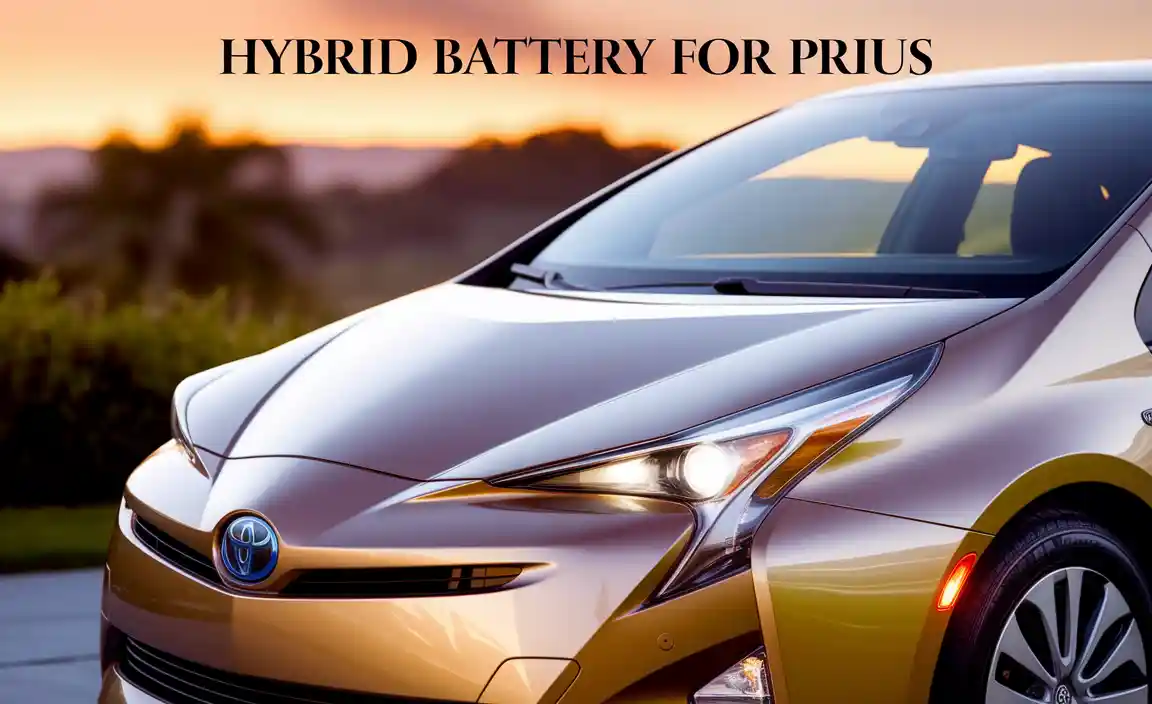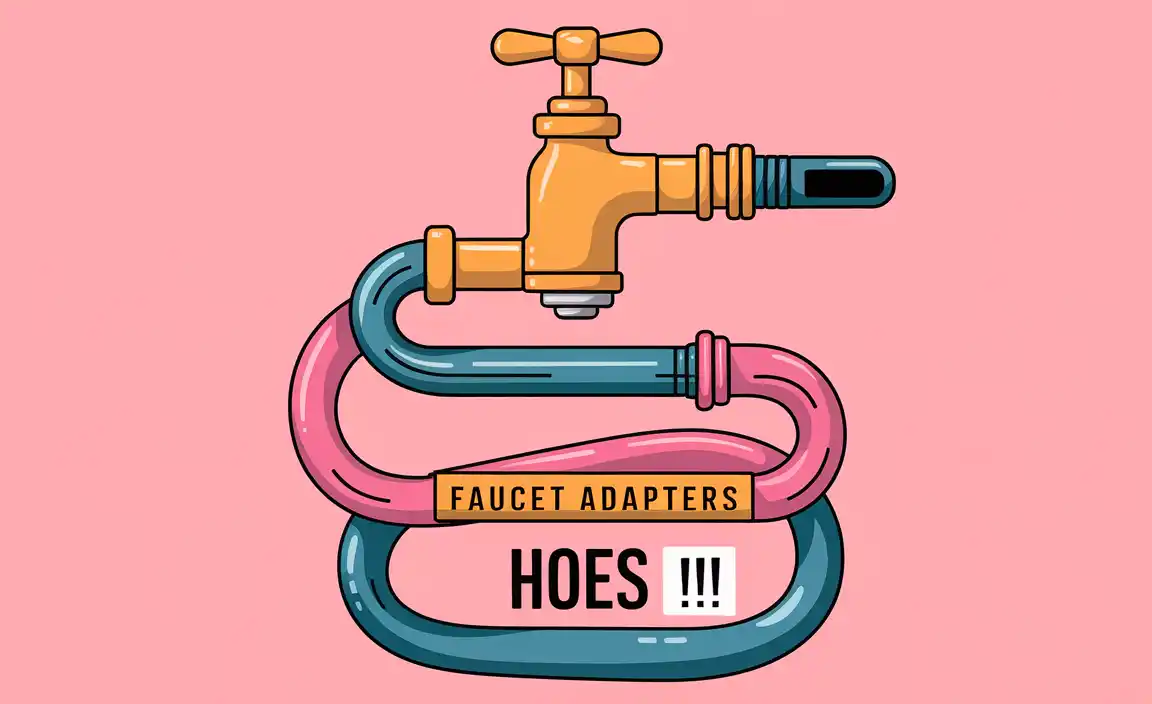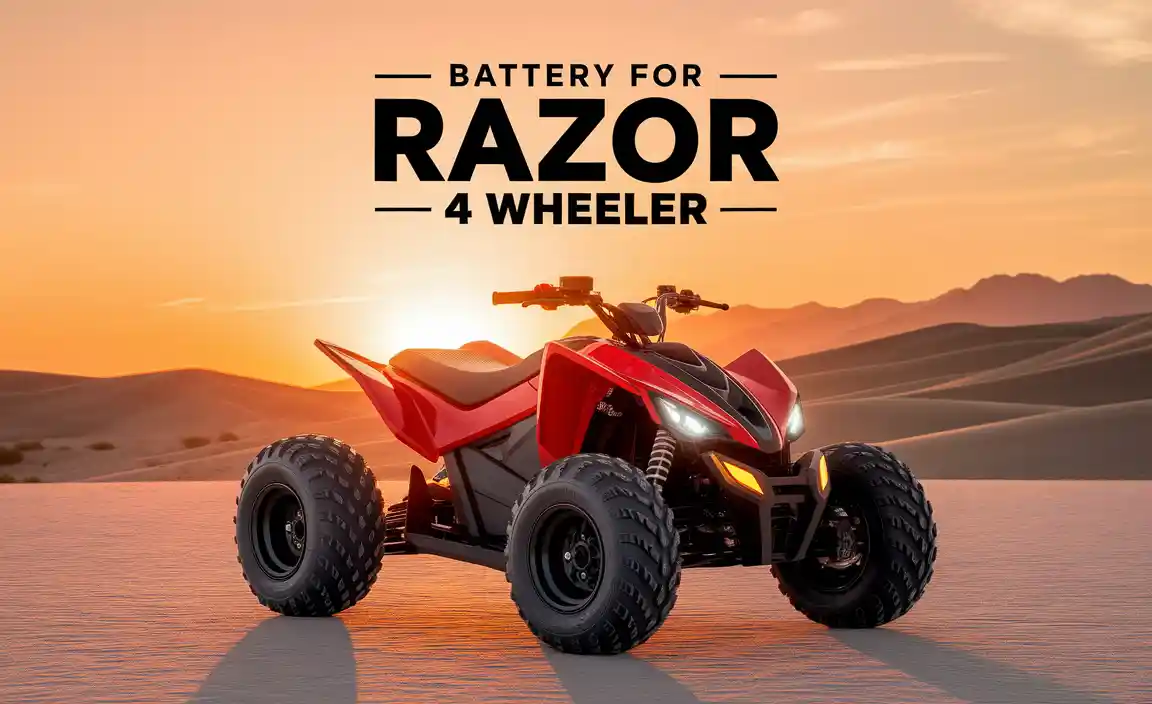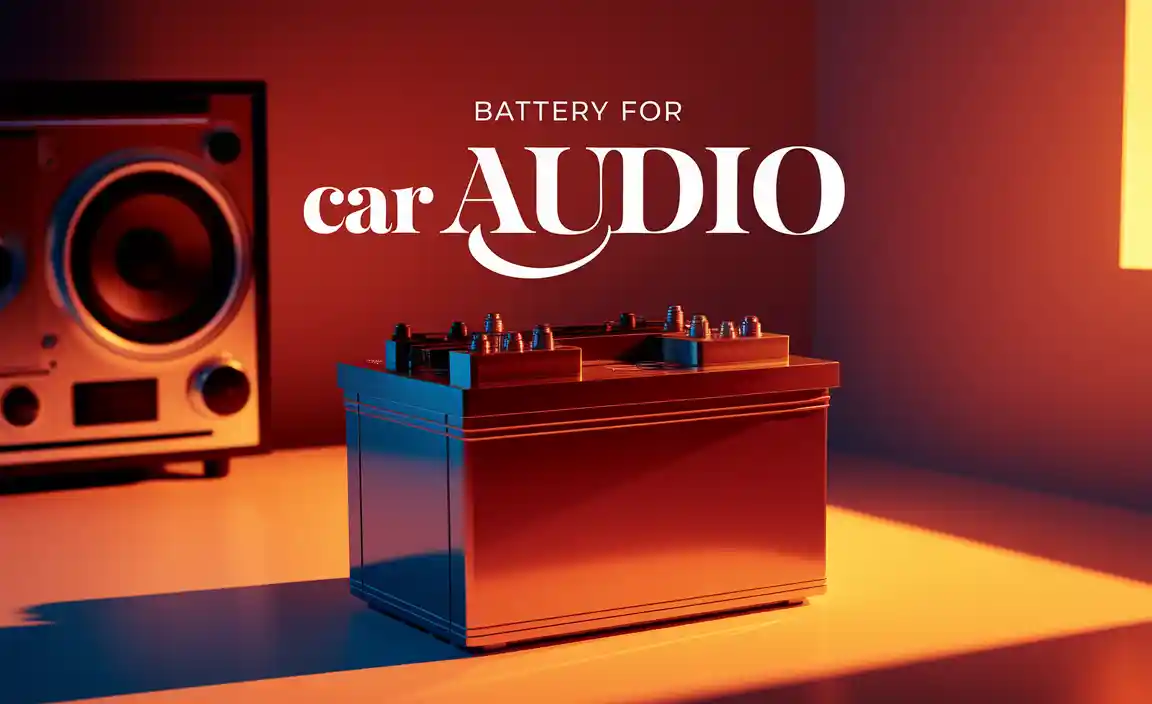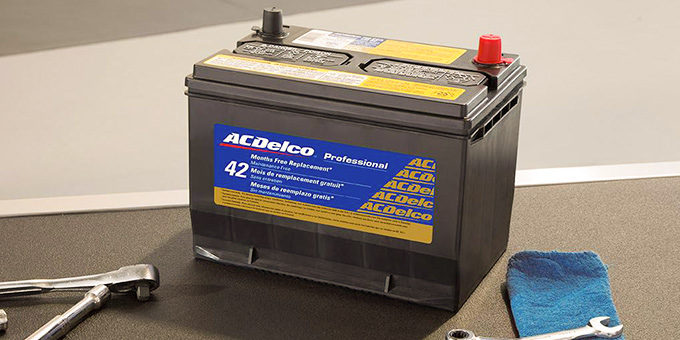Have you ever been out on the water, feeling the sun on your face, and suddenly your boat’s battery dies? It’s a frustrating moment. Deep cycle marine batteries are vital for your adventures. They power everything from sonar to lights. But without the right charger, they can’t perform well.
Choosing a charger for deep cycle marine batteries is important. It ensures your battery charges quickly and stays healthy. Did you know that charging your battery correctly can actually extend its life? Many people don’t realize this simple truth!
In this article, we will explore how to choose the best charger for deep cycle marine batteries. We want to help you enjoy your time on the water without worrying about battery problems. So, let’s dive into the world of marine battery chargers together!

Best Charger For Deep Cycle Marine Battery: Essential Guide

Finding the right charger for your deep cycle marine battery is crucial. These batteries need special care to last longer. A good charger ensures your battery is fully charged without overloading it. This helps avoid damage and gives you reliable power during your adventures. Did you know that fishing boats often use deep cycle batteries? Keeping both your boat and battery healthy means more fun on the water. Choose wisely for a worry-free trip!
Understanding Deep Cycle Marine Batteries
Definition and characteristics of deep cycle marine batteries. Different types and their applications in boating.
Deep cycle marine batteries are special power sources designed to deliver energy over a long time. Unlike regular batteries, they can be drained and recharged multiple times without damage. Think of them as the Energizer bunnies of the boating world! There are several types: flooded lead-acid, AGM, and lithium-ion, each suitable for different boating needs. For example, flooded lead-acid batteries are cost-effective, while lithium-ion batteries are lighter and last longer.
| Type | Characteristics | Best Use |
|---|---|---|
| Flooded Lead-Acid | Inexpensive, needs maintenance | Small boats and occasional use |
| AGM | Sealed, spill-proof, low maintenance | Mid-sized boats and frequent use |
| Lithium-Ion | Lightweight, fast charging, longer life | Power-hungry applications and heavy usage |
These batteries keep your boat sailing smoothly, powering everything from lights to fish finders. So, next time you’re out at sea, remember your deep cycle marine battery is the real MVP!
Importance of Using the Right Charger

Impact of improper charging on battery lifespan. Benefits of using a dedicated charger for marine batteries.
Using the right charger is very important for battery health. Improper charging can shorten the lifespan of your battery. This leads to less fun on your boat. A dedicated charger for your deep cycle marine battery ensures proper voltage and prevents damage.
- Extends battery life by preventing overcharging.
- Charges faster with the right settings.
- Reduces risk of leakage and other issues.
In short, using a proper charger keeps your marine battery safe and ready for your next adventure!
What happens if I use the wrong charger?
Using the wrong charger can harm your battery. It might not charge fully or could even cause damage. This can mean more money spent on replacements.
Key Features to Look For
Voltage compatibility and amperage ratings. Smart charging technology and battery maintenance modes.
Choosing the right charger can feel like finding Waldo in a big crowd! First, check the voltage compatibility; it should match your battery’s needs. A mismatch is like trying to fit a square peg in a round hole. Next, look at amperage ratings; more amps mean quicker charging, but don’t fry your battery! Also, smart charging tech is a lifesaver. It ensures your battery gets just the right amount of juice and includes safety features. Some chargers even have maintenance modes to extend your battery’s life. Think of these modes as spa days for your battery—who wouldn’t want that?
| Feature | Importance |
|---|---|
| Voltage Compatibility | Matches battery needs |
| Amperage Ratings | Faster charging |
| Smart Charging | Prevents overcharging |
| Maintenance Modes | Extends battery life |
Top Brands and Models of Chargers
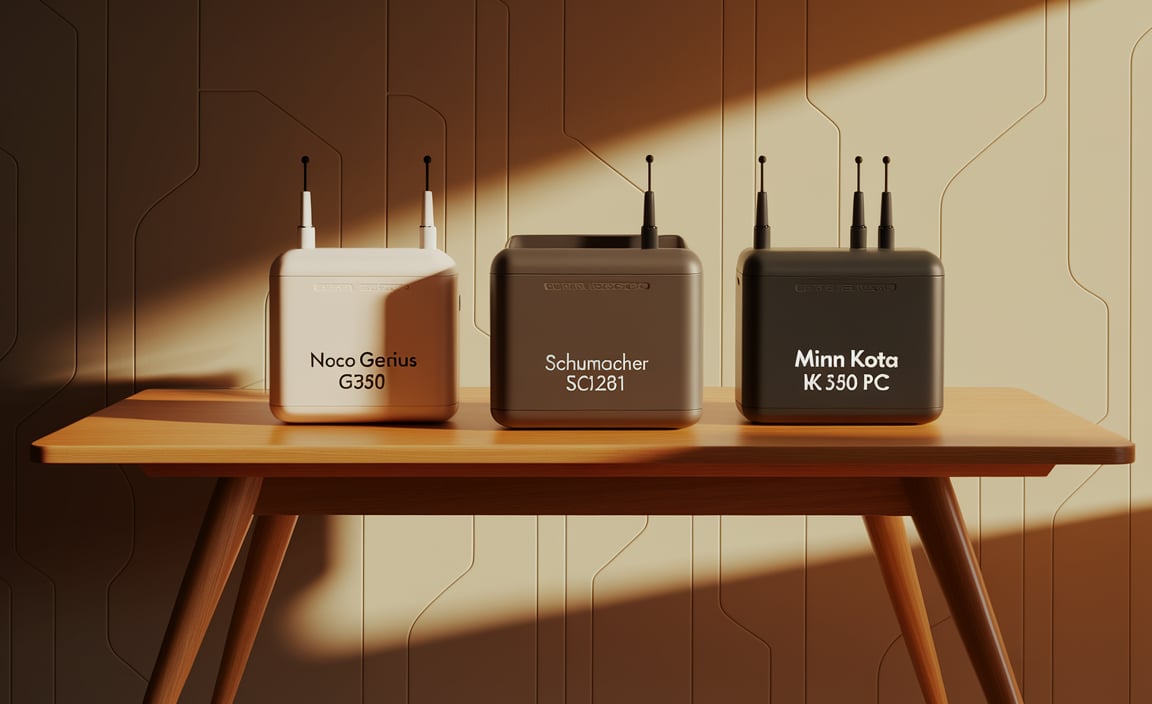
Review of leading brands and their popular models. Comparison of charging speeds and efficiency.
Many brands offer great chargers for deep cycle marine batteries. Some of the top names include NOCO, Schumacher, and Minn Kota. These brands are known for their speed and efficiency. For example, the NOCO Genius series can charge batteries quickly while being safe. Schumacher’s automatic chargers are like the smart kids in school—they know just what to do! Minn Kota is famous for sturdy chargers that last forever.
| Brand | Popular Model | Charging Speed | Efficiency |
|---|---|---|---|
| NOCO | Genius G3500 | 2.2A | High efficiency |
| Schumacher | SC1281 | 12A | Smart technology |
| Minn Kota | MK 330 PC | 3A per bank | Durable |
Choosing the right charger is like picking the best dessert. You want something sweet, fast, and reliable! So, check the specs and pick the one that fits your needs.
Installation and Usage Tips
Stepbystep guide on how to connect and use the charger. Safety precautions to take when charging marine batteries.
Using a charger for your deep cycle marine battery is easy! Follow these steps for a smooth connection:
- Make sure the charger is off before starting.
- Connect the red clamp to the positive terminal of the battery.
- Connect the black clamp to the negative terminal.
- Plug in the charger and turn it on.
- Check the battery status regularly.
Safety is key! Here are some important precautions:
- Always charge in a dry area.
- Wear gloves and goggles to protect yourself.
- Avoid smoking or open flames nearby.
What should I do if my charger sparks?
If your charger sparks, immediately unplug it and check the connections. Make sure clamps are not touching each other.
Taking these steps helps keep you safe while ensuring your battery charges correctly.
Common Issues and Troubleshooting
Common problems with charging and how to identify them. Solutions for extending battery life and performance.
Charging a deep cycle marine battery can come with a few hiccups. One common issue is a bad connection; check your cables and terminals for any rust or loose parts. You might also see the battery not holding a charge. This could mean it’s time for a new battery or something else is wrong. To keep your battery happy, make sure to charge it fully and avoid letting it sit empty for too long. Remember, a happy battery is a working battery, and you wouldn’t want to take a grouchy one on your next adventure!
| Common Issues | Signs | Solutions |
|---|---|---|
| Bad Connection | Rusty or loose cables | Check and clean connections |
| Not Holding Charge | Decreased performance | Consider replacement |
| Overcharging | Battery gets hot | Use a smart charger |
Maintenance Tips for Deep Cycle Marine Batteries
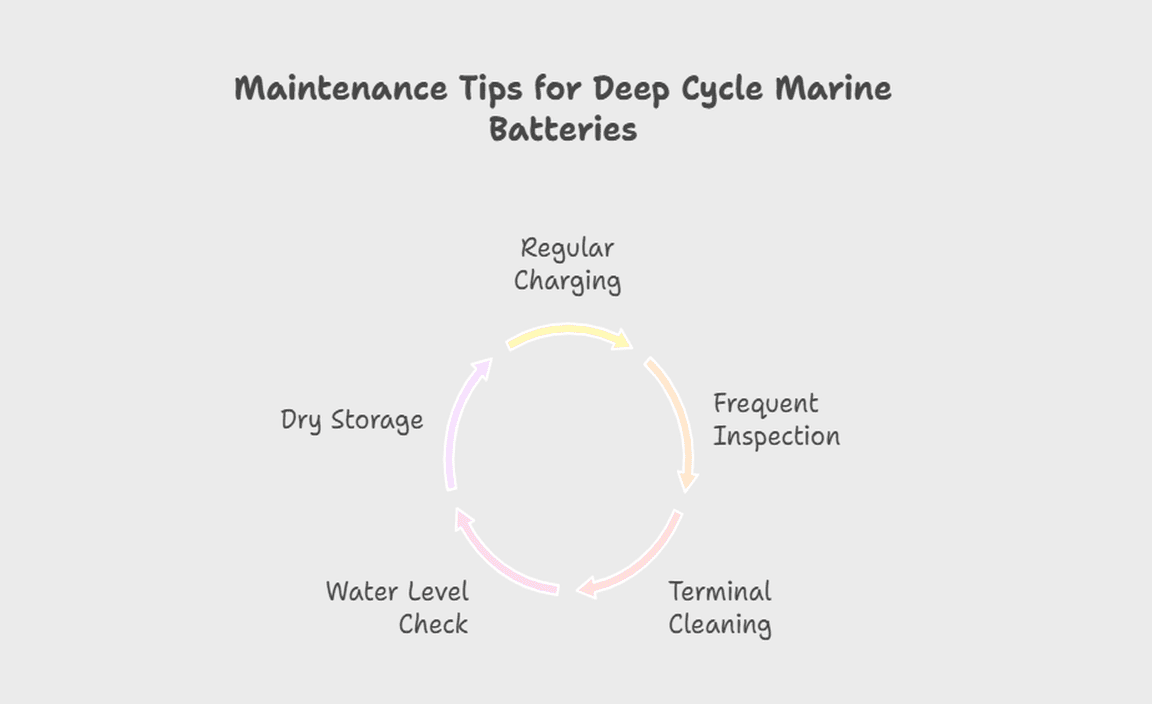
Best practices for battery care and charging frequency. Importance of regular inspection and cleaning. Taking care of your deep cycle marine battery can make it last longer. Here are some simple tips:
- Charge your battery regularly. Aim for charging it after each use.
- Inspect your battery often. Look for cracks or leaks.
- Keep the terminals clean. Dirt can slow down the battery’s power.
- Check the water levels. Always ensure they are full.
- Store the battery in a dry place. Moisture can cause damage.
Remember, good care means better performance. With proper attention, your battery can serve you well for years!
How often should I charge my deep cycle marine battery?
You should charge your deep cycle marine battery after every use. This ensures it stays full and ready for your next adventure.
FAQs about Charging Deep Cycle Marine Batteries
Answers to common questions regarding chargers and batteries. Clarifications on myths and misconceptions surrounding charging practices.
Many people have questions about charging deep cycle marine batteries. Here are some common ones that can clear up confusion:
What is the best charger for deep cycle marine batteries?
The best charger varies, but look for one with smart features. Smart chargers adjust power based on the battery’s needs.
Can I use a car battery charger for marine batteries?
No, it’s not recommended. Marine batteries need a charger that matches their unique technology.
How long does it take to charge a deep cycle battery?
Charging time depends on the battery size and charger type. Generally, it can take 8-12 hours.
Common Charging Myths:
- Myth: Overcharging is okay.
- Fact: Overcharging can ruin the battery.
- Myth: All chargers work the same.
- Fact: Different batteries need different chargers.
Understanding these facts helps keep your marine battery healthy. Always choose the right charger for the job!
Where to Buy and Pricing Considerations
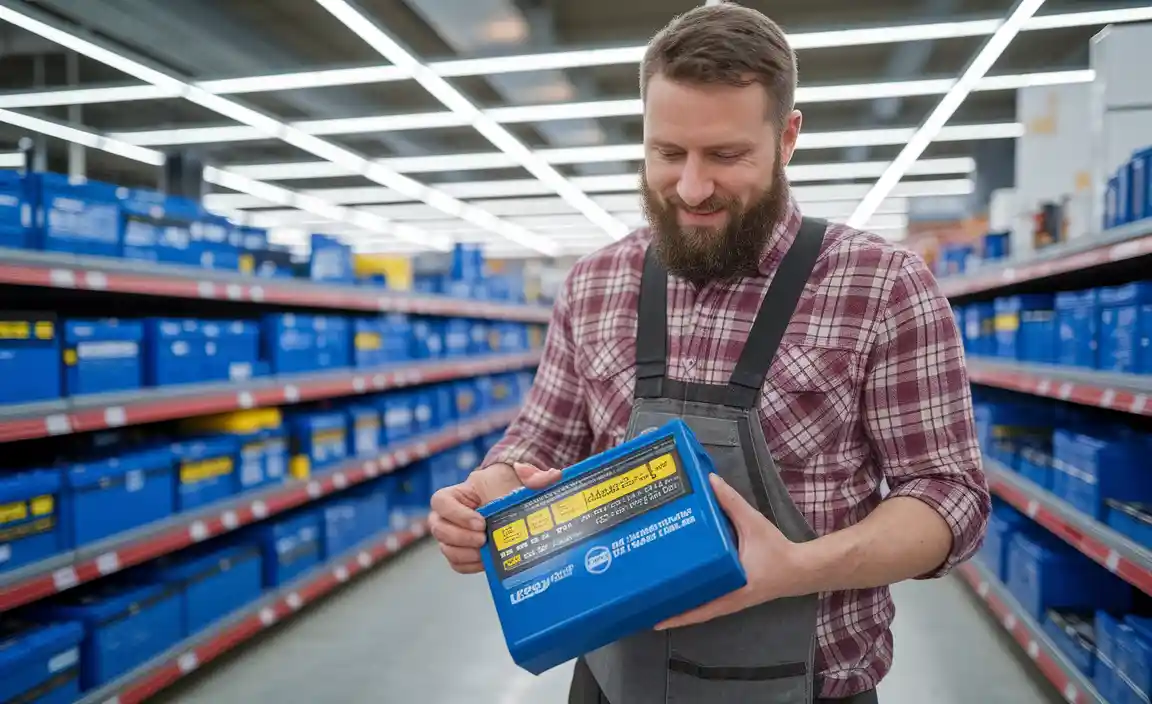
Recommended retail outlets and online options for purchasing. Factors affecting pricing and how to find the best deals.
Searching for a charger for deep cycle marine batteries can be an adventure! You can find them in local hardware stores and big retailers like Walmart or Home Depot. Online stores like Amazon and eBay offer a wide choice too. Remember, prices can change based on brand, features, and sales. So, browse around! You might snag a deal that feels like winning the lottery. Here’s a quick table to help you see the options:
| Store | Type | Price Range |
|---|---|---|
| Walmart | In-Store | $50 – $150 |
| Amazon | Online | $40 – $200 |
| Home Depot | In-Store | $60 – $180 |
| eBay | Online | $30 – $170 |
Keep an eye on sales, especially during holidays. They can save you a bundle. Remember, it’s not about how fast you buy but how smart you shop! Happy hunting!
Conclusion
In summary, a charger for deep cycle marine batteries is essential for keeping your boat powered. Look for a smart charger that matches your battery type. Always follow safety tips to protect yourself and the battery. Start checking your battery’s condition today, and consider reading more on battery care to ensure long-lasting performance. Your adventures await!
FAQs
What Is The Recommended Charging Voltage And Current For Deep Cycle Marine Batteries?
For deep cycle marine batteries, we should use a charging voltage of around 14.4 to 14.8 volts. This helps the battery charge well. The current should be about 10-15% of the battery’s capacity in amp-hours. For example, if the battery is 100 amp-hours, we can use a charging current of 10 to 15 amps. Always check the battery’s instructions for safe charging!
How Do I Choose The Right Type Of Charger For A Deep Cycle Marine Battery?
To choose the right charger for your deep cycle marine battery, first, check the battery’s voltage. Most marine batteries are either 12 volts or 24 volts. Next, look for a charger that matches that voltage. Also, pick a charger that has the right amp rating; this helps charge the battery safely and quickly. Lastly, consider getting a smart charger that stops when the battery is full to avoid overcharging.
Can I Use A Regular Battery Charger For A Deep Cycle Marine Battery, Or Do I Need A Specialized Charger?
You should use a special charger for a deep cycle marine battery. Regular chargers are made for different types of batteries. A special charger can help the battery last longer and work better. It’s safer and helps keep the battery in good shape.
What Are The Differences Between Automatic And Manual Chargers For Deep Cycle Marine Batteries?
Automatic chargers do all the work for you. They know when your battery is full and stop charging. You just plug them in and leave them. Manual chargers need you to watch them. You must check the battery and stop the charger when it’s full.
How Can I Determine When My Deep Cycle Marine Battery Is Fully Charged?
To know when your deep cycle marine battery is fully charged, look for a few signs. First, check the charger. It often has a light that turns green when charging is complete. You can also use a battery tester to see how much power it has. Lastly, if your battery feels warm, it might be charged. Always follow the instructions that come with your battery and charger!
Resource:
-
How battery charging works: https://www.explainthatstuff.com/how-batteries-work.html
-
Boat battery care tips from BoatUS: https://www.boatus.com/expert-advice/expert-advice-archive/2020/august/battery-basics
-
Understanding smart charging technology: https://www.techradar.com/features/what-is-smart-charging
-
Lithium vs AGM battery comparison: https://battlebornbatteries.com/blog/lithium-vs-agm/

